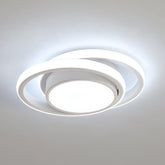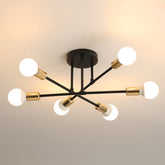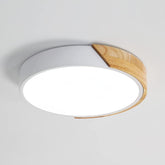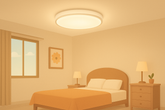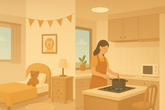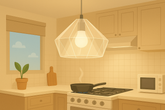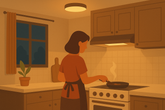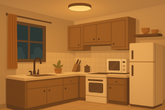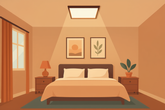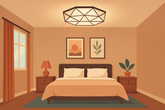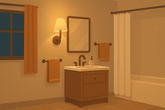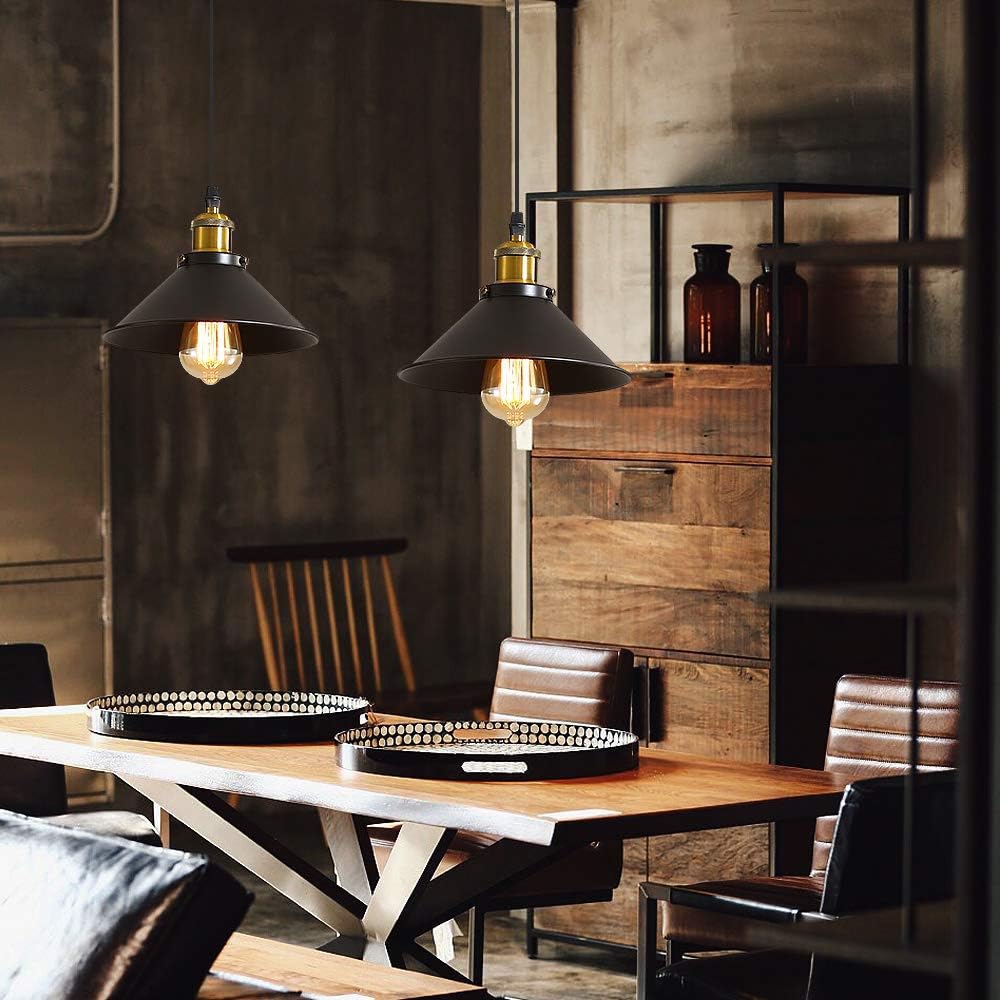How to Perfectly Illuminate Your Living Space
While the main ceiling light evenly brightens your living room, corners around the sofa often remain shadowy. In the bedroom, the ceiling fixture lights up the entire room but can make reading before sleep uncomfortable due to glare. These common limitations of primary lighting are where ambient and task lighting come into play. Acting as the “unsung heroes” of your space, they reshape your experience with light through precise distribution and flexible functions.
1. Redefining Ambient Lighting: More Than Just Supplementing, It Empowers
a) Overcoming Limitations of Main Lighting
Main fixtures like chandeliers or ceiling lamps provide base illumination, but they fall short in three key areas:
- Shadow Zones: Dining table lights often cast shadows on faces, while kitchen cabinets create dark work areas underneath.
- Functional Needs: Study desks require 300-500 lx, but main lights typically provide only 150-200 lx. Makeup mirrors need high color rendering (Ra ≥ 90) not always met by standard bulbs.
- Atmosphere: Main lights often create flat, uniform brightness lacking depth and ambiance.
Ambient lighting upgrades your space from uniform coverage to demand-based, targeted illumination.
b) The Three Dimensions of Value
| Value Dimension | Core Role | Typical Examples |
|---|---|---|
| Functional | Meets specific lighting requirements (brightness, color rendering, glare control) | Desk lamps, makeup lights |
| Atmospheric | Creates depth and contrast through light and shadow | Spotlights on art, bedside wall lamps |
| Behavioral Adaptation | Adjusts to activities like reading, nighttime movement, cooking | Movable floor lamps, stairway LED strips |
2. Six Types of Ambient Lighting: Precisely Covering Everyday Needs
a) “Directional Light”: The “Precision Tool”
Desk lamps: Portable and adjustable (angle, brightness, color temperature) for personalized lighting.
Buying Tips: Choose lamps with AA-level brightness (≥500 lx), Ra ≥ 90, and flicker-free operation.
Spotlights / Track lights: From narrow beams (15°–30°) for artwork to wider beams (40°–60°) for dining tables and display cabinets.
b) “Ambient Light”: The “Soft Light Filter”
Wall lamps: Save space and provide indirect, warm illumination.
Floor lamps: Mobile and stylish, accompany furniture and provide cozy reading light.
c) “Hidden Light”: The “Invisible Light Architect”
LED strips: Integrated in furniture, ceilings, or stairs for functional and safe lighting without visual clutter.
3. Three Principles for Successful Ambient Lighting Design
- Function First: Adjust brightness and color rendering to the task.
- Glare Control: Conceal light sources and favor indirect lighting.
- Layering: Combine base, task, and accent lighting for harmonious effects.
4. Common Pitfalls to Avoid
- Avoid overloading a single area with multiple light sources.
- Maintain consistent color temperatures within a space.
- Position lamps correctly to prevent unwanted shadows.
- Pay attention to power ratings to avoid overheating.
- Consider safety and appropriate lamp types for different rooms.
Conclusion: Ambient Lighting as the “Voice” of Your Home
Ambient lighting is more than an accessory—it’s a crucial element that enhances atmosphere and quality of life. Next time you plan your home lighting, pay close attention to these often-overlooked details, and you’ll unlock the true magic of light in your living space.
